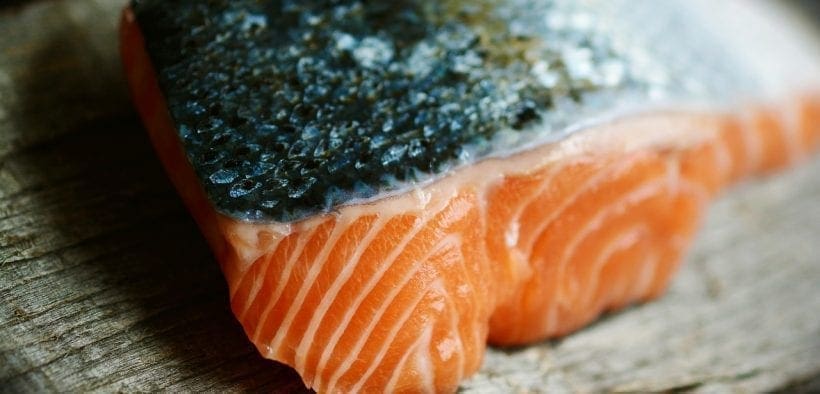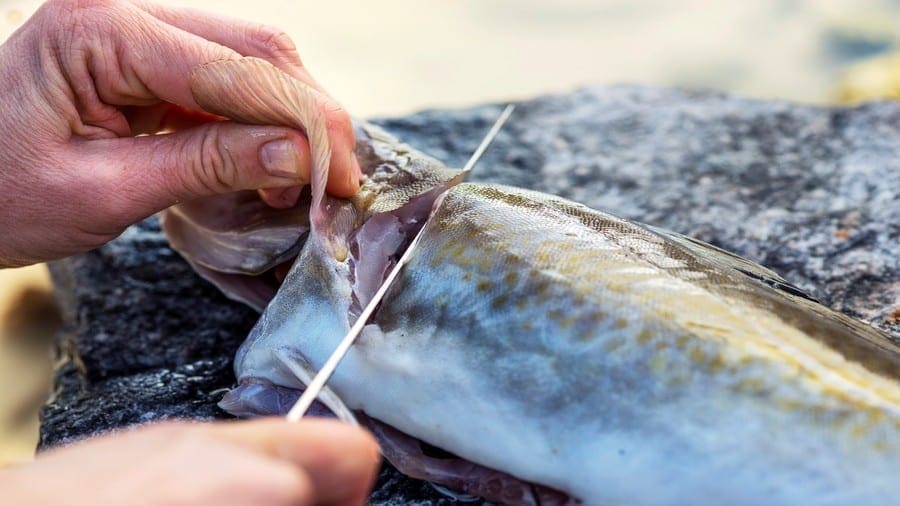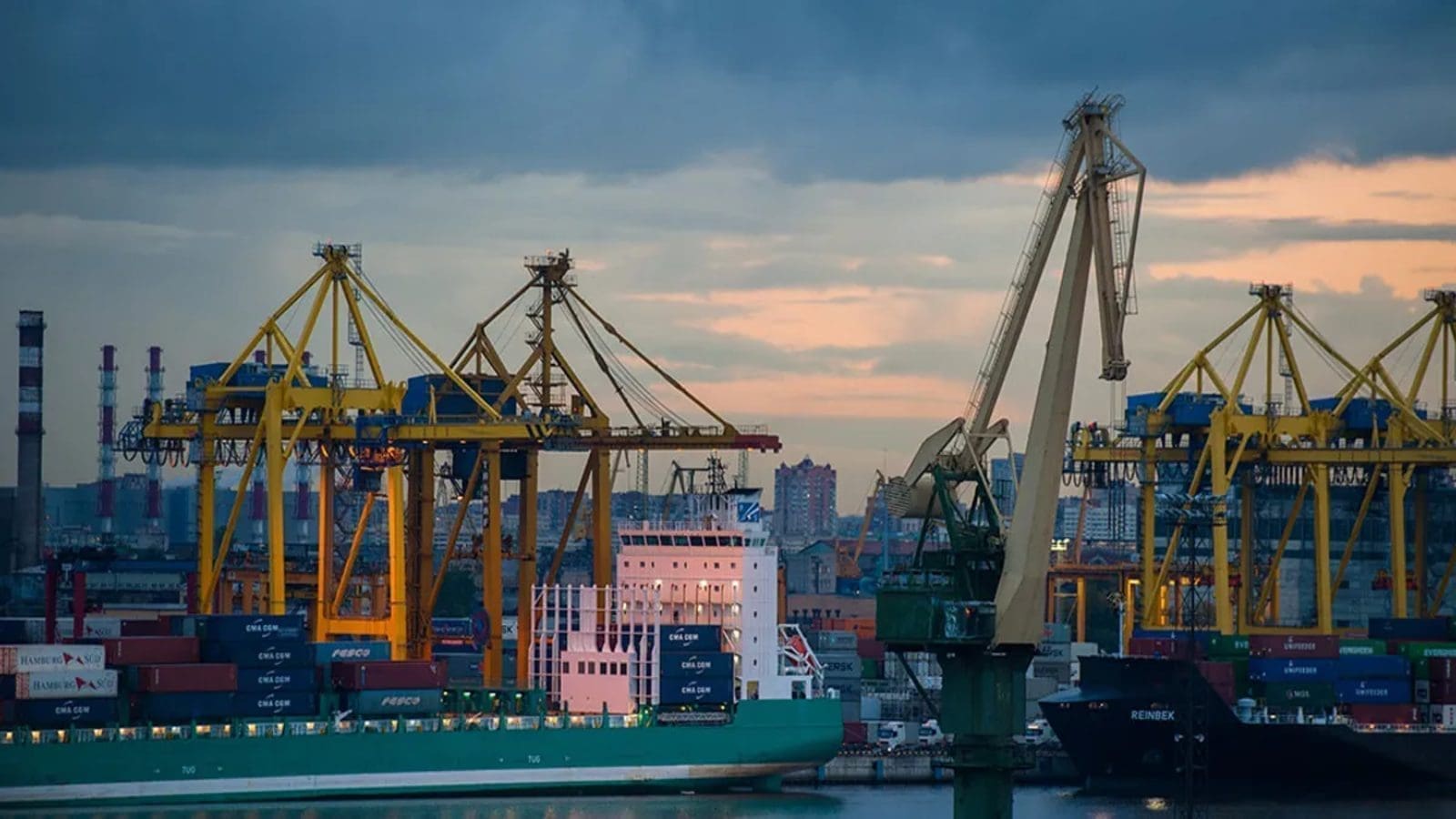NORWAY – Norway has exported 406,000 tonnes of seafood valued at US$1.88 billion (NOK 16.4 billion) this year to February, supported by among other factors, strong salmon exports.
In February, which Norwegian Seafood Council said was the best ever for Norwegian seafood exports, 198,700 tonnes of seafood with a value of NOK 7.8 billion (US$898.23 million) was exported.
However, so far this year, amount of seafood exported has decreased 13% in terms of volume while in terms of export value, it has increased by 11% (US$184.2 million) compared with the same period last year.
The whitefish category benefited from increased volumes and increased shipping prices and for herring and mackerel, export value significantly increased in February.
The report by the Norwegian Seafood Council indicated that volume decline in February was attributed to lack of catch of capelin.
Boost from salmon and big increases in trout exports
80,000 tonnes of salmon were exported with a value of NOK 5.1 billion (US$587.17 million) were exported in February, representing 7% increase in value and 11% increase in volume compared with the same period last year.
This period was boosted by price increases and growth in emerging markets such as Poland, Denmark and Lithuania.

Markets such as Germany, France and Italy recorded positive trends with heightened consumption of smoked salmon.
So far this year, 7,600 tonnes of trout have been exported with a value of NOK 514 million (US$59.17 million), with increases in both volumes and value.
3,600 tonnes of seafood were exported in February largely to the United States, Belarus and Thailand.
Herring and mackerel increased 43% in volume and by NOK 53 million (US$6.10 million) in export value, bring the total volume of herring exported to 73,000 tonnes so far this year.
In February, 15 600 tonnes of mackerel were exported totalling NOK 264 million (US$30.38 million) and so far, this year, 15 600 tonnes of mackerel were exported.
“In 2019, a larger proportion of herring was exported as whole herring, with strong growth in African markets such as Egypt and Nigeria.
Exports of fillets to the traditional key herring markets of Germany and Poland have declined,” said seafood analyst Paul T. Aandahl.
“The most important consumer market for Norwegian mackerel is Japan. Most of China’s mackerel is processed for the Japanese market.
So long this year, 38% of our mackerel exports have gone to China and Japan. Last year, the proportion was just 18%.”
Decrease in fresh cod as shrimp and king crab improve
During the period, there was reduction in fresh cod which found a bigger market in Denmark, Poland and the Netherlands while skrei and frozen cod increased significantly.

The decrease in fresh cod was as a result of bad weather and lower volumes leading to higher prices for both fishermen and exporters.
So far this year, 17,000 tonnes of frozen cod have been exported with China, the UK and the Netherlands being the largest recipients in February.
189 tonnes of king crab were exported, representing a 7% increase in value compared to the same period last year, exported largely to South Korea, the United States and Japan in January.
Lower quotas and a lower catch of king crab triggered a price increase of 13% and a value increase of 7%.
“We’re also delighted to see the return of the snow crab, with both higher catches and exports”, said seafood analyst, Ingrid Kristine Pettersen.
Norway exported 960 tonnes prawns at a value of NOK 111 million (US$12.78 million) in February, the largest markets being UK, Sweden and Finland.
Clipfish exports experienced rapid growth with increase in volume and export value in Brazil, Portugal and the Dominican Republic in February.
“It is gratifying to see an increase in exports to Brazil.
A late Easter means later shipments from Norway, in addition we are expecting a rise in local market purchasing power and important regulatory changes regarding access to the Brazilian market.
These are all grounds for optimism, combined with lower shipping prices to fishermen and exporters,” said Director of NSC operations in Brazil, Øystein Valanes.
Commenting on the same, analyst Ingrid Kristine Pettersen said: “The high Brazilian export volumes are also the reason why for the first time in a while we see that the price of saithe rockfish is increasing, just as we have seen fresh and frozen saithe increase in recent months.”










